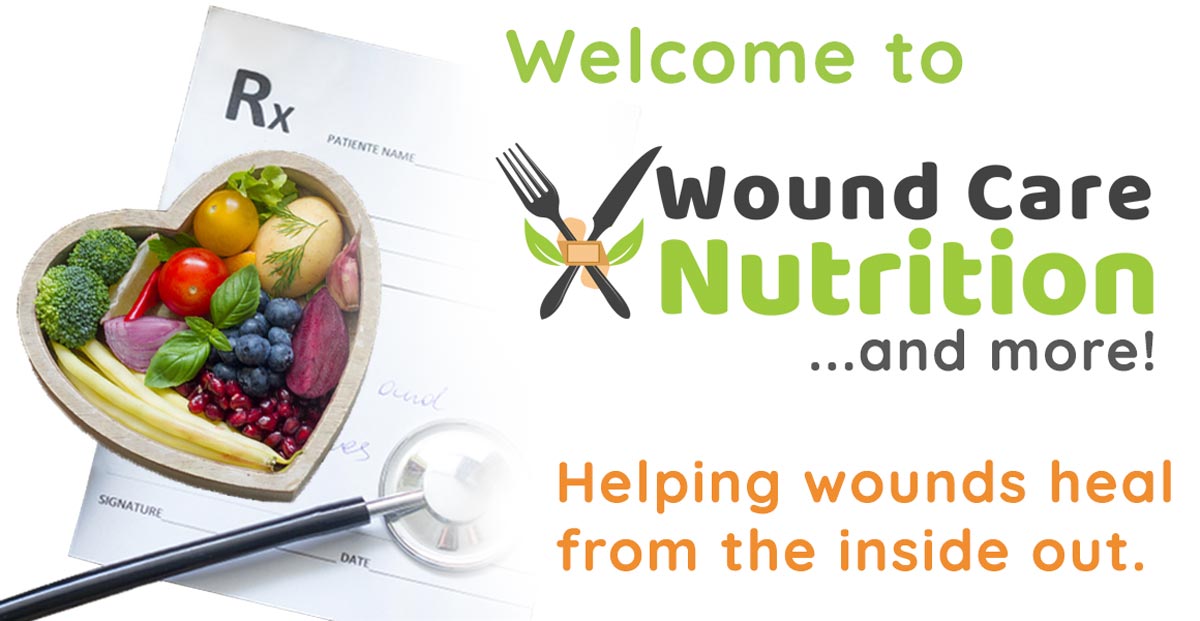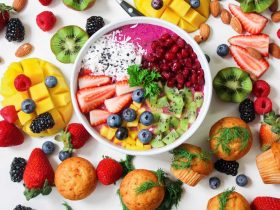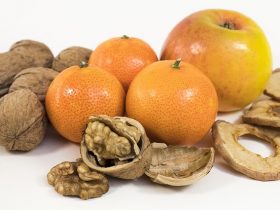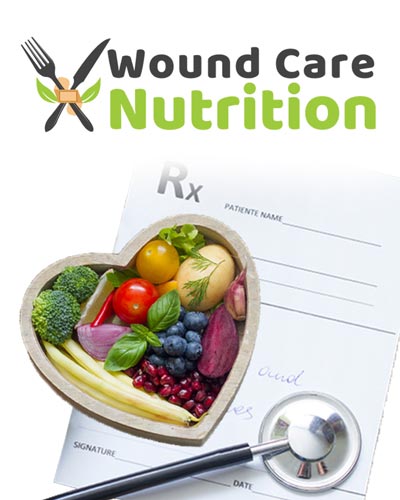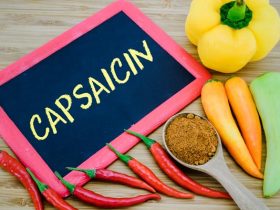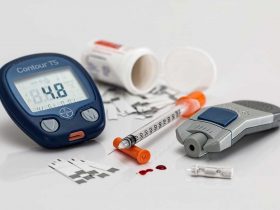By Nancy Collins, PhD, RDN, LD, NWCC, FAND
The use of targeted amino acids is becoming more common as a strategy to help heal a variety of conditions, including wounds, because of the role key amino acids have in rebuilding tissue.
Chronic wounds, meaning those that have not healed in 12 weeks, affect approximately 6.5 million patients in the United States annually at a cost of $25 billion.1 The term chronic wound refers to various types of skin integrity problems, such as pressure injuries, diabetic foot ulcers, venous ulcers, arterial ulcers, burns, and traumatic wounds to name a few.
The Role of Nutrition
Nutrition often is not the first thing you think of when talking about wounds, but it is important to understand the link between poor nutrition and wound healing. Essentially, when a body has a wound, it has competition for the nutrients it needs. Wound healing is very energy dependent; energy is another word for calories. If your patient is not eating well and not meeting his or her caloric and protein goals every day, weight loss typically occurs.
When nutritional substrate is in short supply, the body decides whether to use the available substrate to build new tissue for the wound or to use it to keep its vital organs functioning. If weight loss continues unchecked, wound healing is impaired and eventually it will cease altogether in favor of the body’s vital organs.2
Timely Nutrition Intervention
Prompt nutrition intervention is needed, as well as action to fill any nutritional gaps. If your patient is not eating well in general, oral nutritional supplements, such as Ensure® Enlive® (Abbott Nutrition, Columbus, OH), are good sources of additional protein and calories. It is important to halt any further weight loss.
In addition, healthcare professionals can take nutrition intervention a step further for wounds by supplementing targeted amino acids specifically to support tissue building. Many amino acids are known to have a role in building and repairing body tissues, but the main focus is on arginine, glutamine, and a bioactive metabolite of leucine called ß-hydroxy-ß-methylbutyrate or HMB for short.
Functions of Amino Acids
Arginine is an amino acid that supports blood flow and is a building block for proteins.3
Glutamine is an amino acid that plays a role in the production of collagen, the main structural protein in skin and other connective tissues, and supports the immune system.4,5
HMB is a compound found in small amounts in the body and in small amounts in certain foods, such as grapefruit, alfalfa, and catfish. HMB helps produce new tissue by slowing muscle breakdown and enhancing protein synthesis.6
Supplementation of Amino Acids
Juven® (Abbott Nutrition, Columbus, OH) is a nutritional supplement that contains the efficacious amounts of arginine, glutamine, and HMB to support tissue building in 2 weeks.7 Juven also contains collagen protein to stimulate collagen production and is shown to accelerate the rate of wound healing.8,9 In addition, it also contains zinc and vitamins C, E, and B12, which are all important micronutrients for the wound healing process. These micronutrients may aid in improving immune response, improving skin integrity, and boosting collagen synthesis.10
It is recommended that patients with wounds receive two packets of Juven per day. Juven comes in powdered form to keep the amino acids active and is easily mixed with 8-10 fluid ounces of water or fruit juice. Juven is a clear, light beverage that patients can receive on their meal trays as their beverage, thereby encouraging full consumption and easy adherence. Juven is available in orange and fruit punch flavors, as well as unflavored to mix in foods for patients with fluid restrictions.
References
- Sen CK, Gordillo GM, Roy S, et al. Human skin wounds: a major and snowballing threat to public health and the economy. Wound Repair Regen. 2009;17(6):763-771. doi:10.1111/j.1524-475X.2009.00543.x.
- Demling RH. Nutrition, anabolism, and the wound healing process: an overview. Eplasty. 2009;9:e9.
- Stechmiller JK, Childress B, Cowan L. Arginine supplementation and wound healing. Nutr Clin Pract. 2005;20(1):52-61.
- Bellon G, Chaquor B, Wegrowski Y, Monboisse JC, Borel JP. Glutamine increases collagen gene transcription in cultured human fibroblasts. Biochim Biophys Acta. 1995;1268(3):311-323.
- Andrews FJ, Griffiths RD. Glutamine: essential for immune nutrition in the critically ill. Br J Nutr. 2002;87(suppl 1):S3-S8.
- Wilson GJ, Wilson JM, Manninen AH. Effects of beta-hydroxy-beta-methylbutyrate (HMB) on exercise performance and body composition across varying levels of age, sex, and training experience: a review. Nutr Metab (London). 2008;5:1. doi:10.1186/1743-7075-5-1.
- Williams JZ, Abumrad N, Barbul A. Effect of a specialized amino acid mixture on human collagen deposition. Ann Surg. 2002;236(3):369-375.
- Lee SK, Posthauer ME, Dorner B, Redovian V, Maloney MJ. Pressure ulcer healing with a concentrated, fortified, collagen protein hydrolysate supplement: a randomized controlled trial. Adv Skin Wound Care. 2006;19(2):92-96.
- Sugihara F, Inoue N, Koizumi S, Sriraam VT. Collagen hydrolysate enhanced pressure ulcer healing in a randomized double-blind placebo-controlled study. Jpn Pharmacol Ther. 2015;43(9):1323-1328.
- Molnar JA, ed. Nutrition and Wound Healing. Boca Raton, FL: CRC Press; 2007:5.

